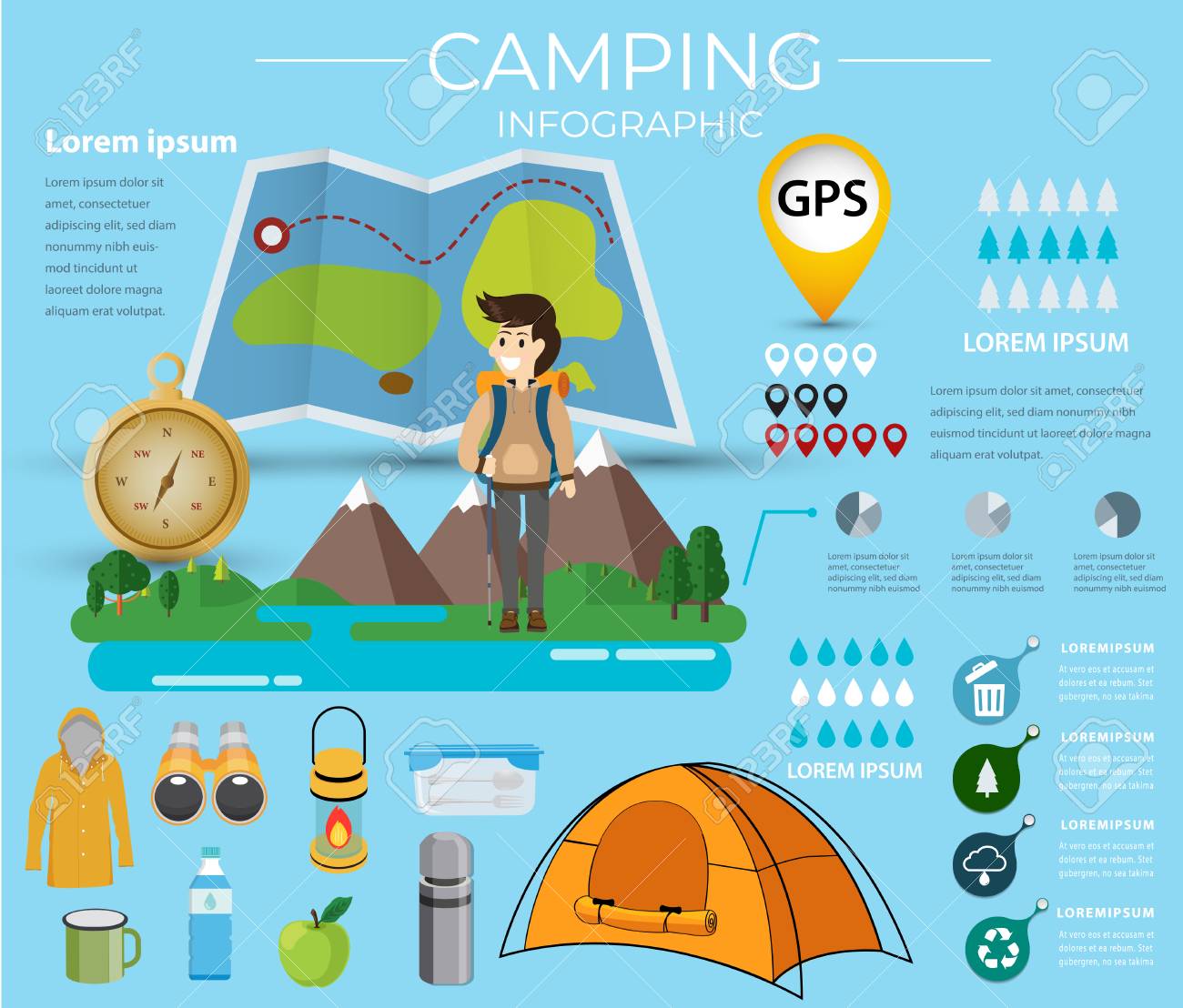Creative Tips On How To Sell Camping Tents For Your Online Camping Tents Empire
Creative Tips On How To Sell Camping Tents For Your Online Camping Tents Empire
Blog Article
Taking Photos of the Night Sky
A variety of factors can influence evening skies photography. From weather conditions to upcoming celestial occasions, you'll intend to plan ahead to guarantee success.
What makes a good glamping site?
The shutter rate you choose establishes whether stars appear as specific pin-points or route across the photo. A great general rule is to limit the direct exposure to 500 seconds, or the matching of your lens's focal length.
Place
Among one of the most important factors in an excellent photograph is where you take it. Aim for areas with minimal light air pollution, and stay clear of places that have intense city lights and high-rise buildings.
Also, search for a place that uses foreground components to create structures with. As an example, dune patterns, wind-sculpted ridges and rocky outcrops can all supply intriguing foreground aspects to aid tell the story of your evening skies photo.
It is additionally valuable to research huge events such as meteor showers and lunar eclipses to take advantage of opportunities for excellent photos. Making use of a tool such as the Professional photographer's Ephemeris can be unbelievably useful when preparing your shoots. It aids you to determine moon phases, Galaxy placement and various other astronomical occasions. Additionally, consider shooting in RAW layout rather than JPEG as this gives you more versatility when refining the photos. This is specifically true if you prepare to publish your images.
Camera Settings
Getting the ideal electronic camera settings is very important for any kind of photograph, yet especially so for night sky pictures. A wide-angle lens is best for recording more of the Milky Way and decreasing star tracks, along with a longer shutter speed to quit the movement of stars and disclose their information.
For a maximum degree of clarity, shoot in RAW layout rather than JPEG, which enables camping tents shop you to maintain more data and offers versatility during post-processing. This can likewise contribute to submit size, so make certain you have a lot of storage space and extra sd card available.
Set your focus to hands-on focusing by flipping the AF/MF turn on your lens into MF mode. You may need to take a few test shots and check the photo playback on your camera's LCD display until you achieve best, determine manual focus. It's a great idea to do this during the day with your chosen lens and the location you will be contending night, to verify the precision of your focus setting.
Lighting
A good night skies photo requires the ideal conditions. This consists of a dark sky, however also a fascinating foreground component such as a mountain imminent, a lake to mirror the celebrities, or a human element like a barn or shed. You can even use a headlamp to illuminate the foreground and include some dramatization or deepness to your picture.
The most important camera settings for evening sky photography are the aperture and shutter rate. The wider the aperture, the much more light that gets to the sensing unit. This permits you to catch bright stars in a fairly brief quantity of time.
The shutter speed figures out whether your stars will be pin-point perfect or if they will appear as celebrity routes as a result of the Planet's rotation. Make sure to take multiple long direct exposure shots and pile them in post-processing for the very best outcomes. Lastly, shoot in RAW mode to offer on your own maximum latitude in post-processing.
Composition
The secret to gorgeous star shots isn't a high-end telescope, a brand-new wide-angle lens or a high-grade Canon or Nikon cam. It's strategy, preparation and structure.
For starters, scout your shoot location beforehand to get a feel for the layout and possible compositions. Consider including foreground aspects such as rocks, a lake or alpenglow on the landscape to include character and interest to your pictures.
Remember the Regulation of Thirds when composing your pictures. This simple principle aids equilibrium and unify photos. It's likewise valuable for focusing on sights in your picture, such as rock functions or the Galaxy. Also, bear in mind to prepare your shoots around moon stages-- shooting at a moon can overpower celebrities and develop a silhouetted shape, while firing on nights with a new moon can help you see constellations a lot more clearly.
How do you clean a bell tent canvas?
